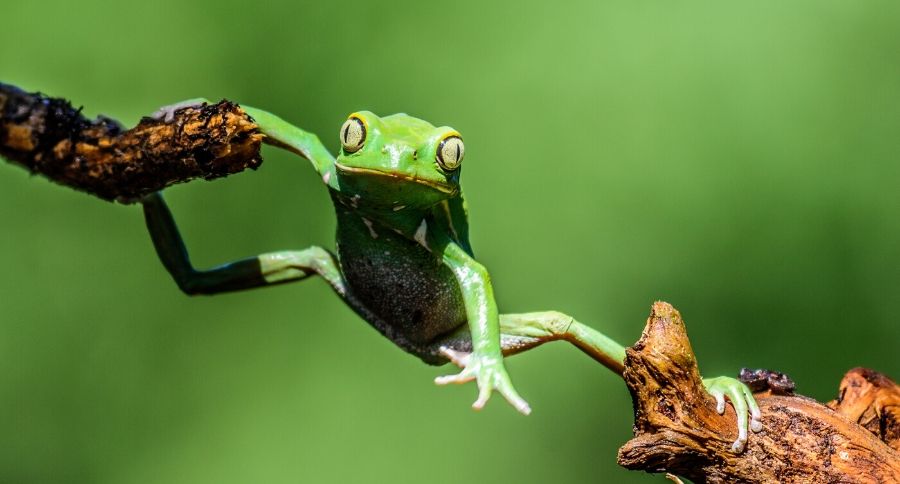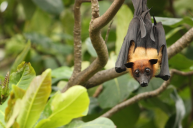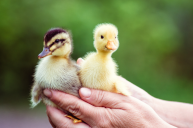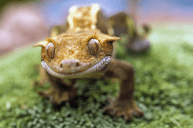The green tree frog is a great pet for novice frog owners! Yet these little exotic frogs don't like being handled much so you must consider that before bringing one home. They are super cute to watch.
This is a great frog that will give you five or six years of fun and trouble-free care.
Other fun facts you must know about this cute frog?
- This species is hardier than most tree frogs which makes them easy to care for.
- Many people catch them in the wild and bring them home as pets.
- They enjoy spending their time in bodies of water with dense vegetation.
Behavior and handling
https://www.instagram.com/p/B6Hf8keFP93/
Experts at Frog Pets has advice for anyone looking for a frog to carry around. Yet an American green tree frog is not the best choice if that's your wish with a pet frog. Most frogs are kept for display and observation. They're so cute to watch.
"You'll need to clean their cage and transfer them from time-to-time. This is perfectly acceptable. I have a few tips and tricks for doing this. The first is this: Before handling,wash your hand thoroughly or wear gloves. Frogs have delicate skin and chemicals and oils from your hands are harmful to them. My second tip is this:Place your frog into a small container before doing extensive cleaning. Don't worry about this unless you need to change the substrate or clean for more than 5 minutes. For more information, check out our frog handling post in the guide section."
Keeping these frogs is an enjoyable experience for novice owners. These little guys are timid and don't love being handled.
Housing
What type of housing do they need?
- A 10 gallon aquarium makes a great "home," and one aquarium will comfortably hold up to four frogs, but two or three are better, since some may be faster than the other at snatching the food.
- Add a few plastic plants but don't overdo it and a shallow bowl of water so they can hop in.
- Experts at Reptile Magazine also recommend adding a piece of driftwood.
What do they eat?
Worms, crickets, and moths are some of their favorite snacks. They can eat a pretty big moth. They'll also eat beetles, pillbugs, sowbugs, small spiders, even tiny frogs, in addition to other similar-size foods.
Common health issues
https://www.instagram.com/p/B6EbN0sAwfD/
Do you have an exotic pet veterinarian for your green frog? You'll need one to at least check annual fecal samples to make sure your new friend is doing ok.
Like with all frogs you need to watch out for bacterial and fungal infections of the skin and eyes. Respiratory and parasitic infections can also occur so you'll need to make sure they're eating well. Always keep their housing clean!
Choosing your cute green tree frog
You should not catch these frogs in the wild even though you'll see that people do this! Instead these frogs should come from reputable breeders. The Spruce Pets confirms that a frog that is captive bred locally will be tested to be free of disease. If you take in a wild-caught frog as a pet, you have no way of knowing what diseases or health issues it may have.
If you're hesitant and a beginner you should talk to staff at pet stores for information about this frog species and the American green tree frog.
Pick out at least a 10 gallon aquarium for your terrarium. We also linked to a care sheet by Frog Pets that you'll also find helpful. Make sure the water dish or water bowl is shallow enough for them to climb into and some are designed to fit the corner of your aquarium. Crickets should be gut-loaded.
Other fun facts? Did you know:
- A good substrate for housing is coconut fiber because it's safe for most reptiles, it's cheap and looks good too.
- In the wild, tall grasses, cattails and even trees growing from small ponds, streams, lakes, and marshes are the ideal habitats for the American green tree frog.
- UVB lighting is not required but a basking light or lamp is recommended for heating.
- In the wild, American green tree frogs are found throughout the Southeastern United States. They have been found as far east as Delaware and New Jersey and as far west as central Texas.
Some experts may provide details using their scientific name: Hyla cinerea.
Do you or anyone you know, live with exotic animals? Please comment below!




